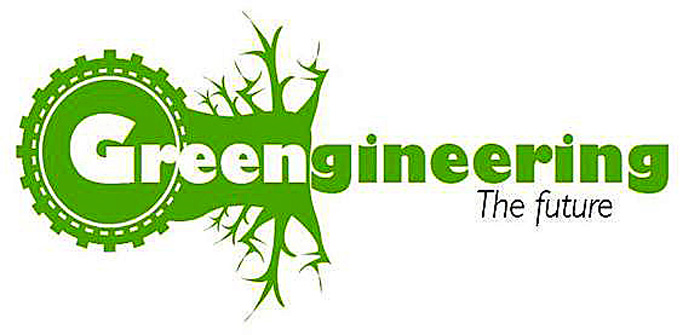Review of IDEO "
Deep Dive" Video https://youtu.be/2Dtrkrz0yoU
See also:
https://youtu.be/-SLk0CZjAw4 Ohio State
See
http://steamcurriculum.weebly.com/uploads/2/5/5/8/25586003/201btcmpdeepdive.pdf
Assignment: By the end of class today,
- Come up with a list of requirements and constraints for your backpack design--
- Cost
- Range
- Weight capacity
- Special features- compartments for laptop, drink, etc.
2. Make a sketch of your design, and share via Google Docs or on paper....
...."How Might we..."
3. Make a list of who you want to interview for design --users, experts, etc.
Survey Data- look for contradictions and commonalities- should include what others tell you they want.
- Be in contact with each other, go out and do surveys:
By end of class on Monday, be ready to start building your prototypes.
Why replace a backpack?
- Style
- Price
- Weight capacity
------------------------
Lunch Box compartment- insulated for heat
Kelty pack- excellent but expensive $$$-- ended buying a used Kelty for 50% off.
Process--what was your methodology?
-A lot of good work going on-
- one group did online survey with pie charts
- One group reverse-engineered existing backpack
- one group did verbal surveys
Share your methodology-- how are you coming up with your ideas?
You Will learn the most from other students, not the teacher-- i.e. how did you make the Google Forms?
Links- Museum of Science Engineering the Future- backpack design.
Changing students from worksheet mindset to self-directed mindset-- takes time, doing many design challenges, not giving complete instructions- make them figure it out!
Weighing backpack . . .



























































